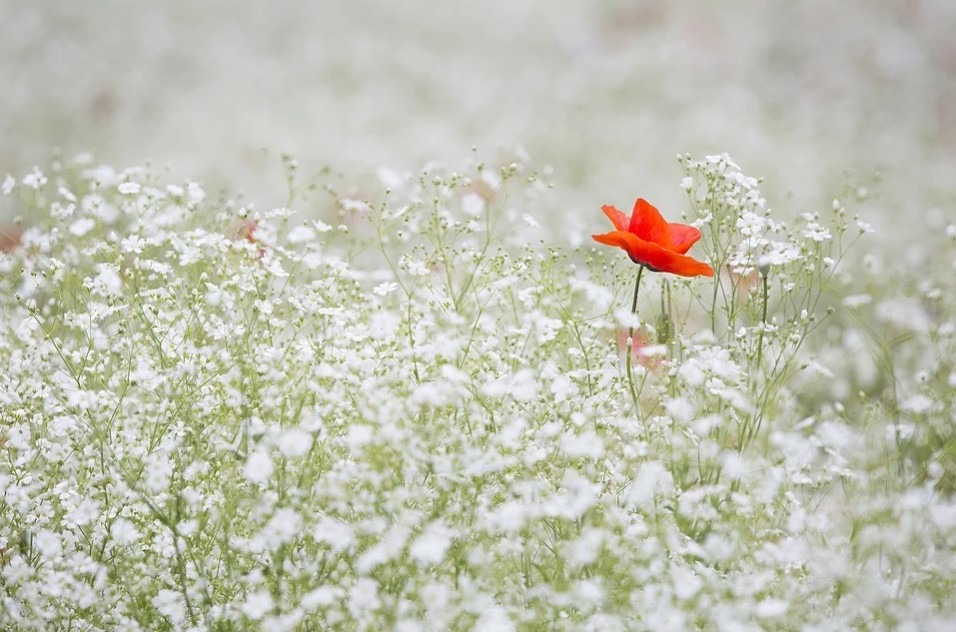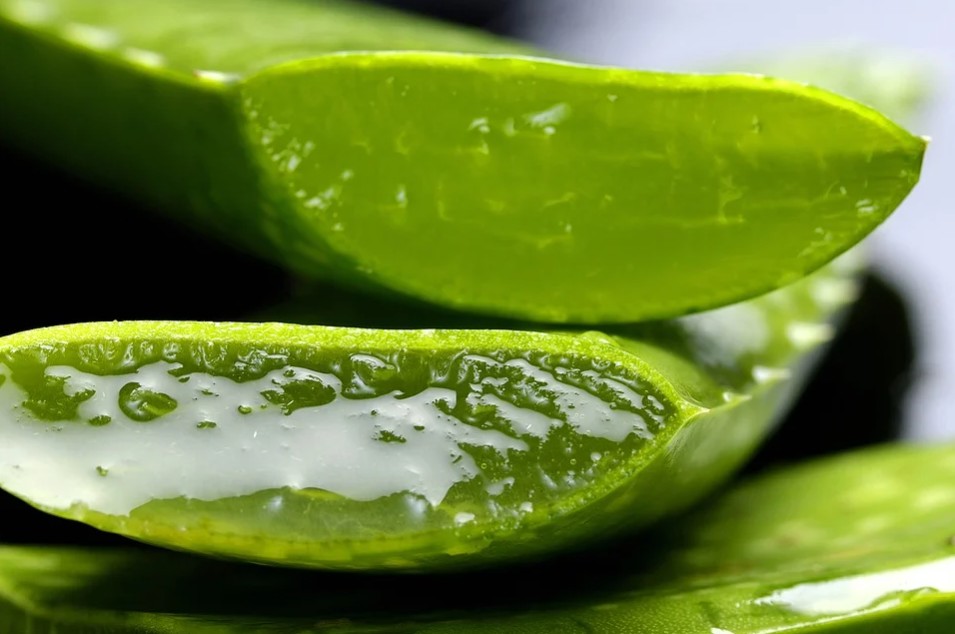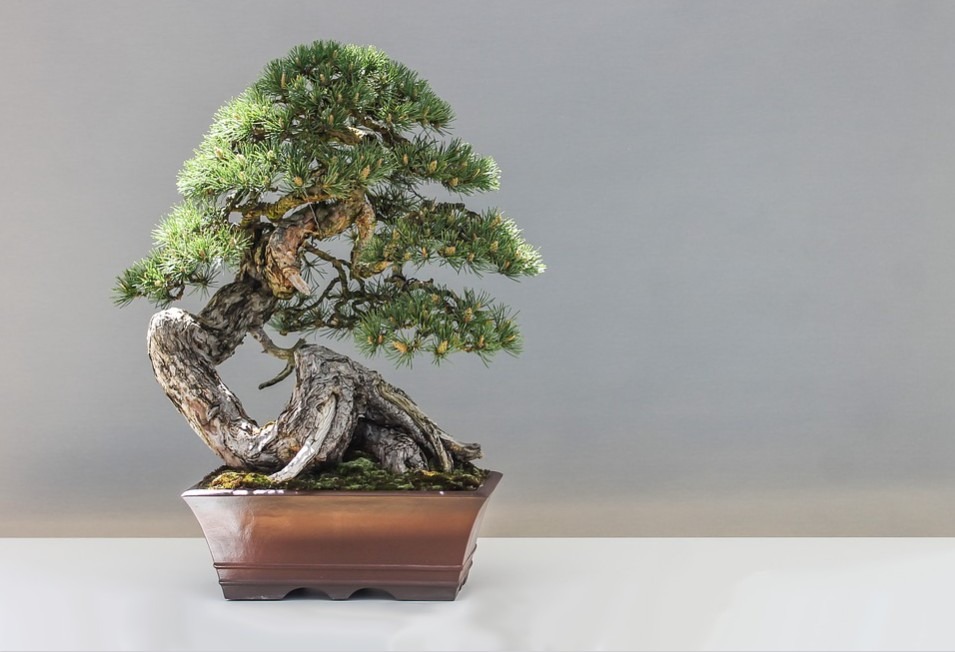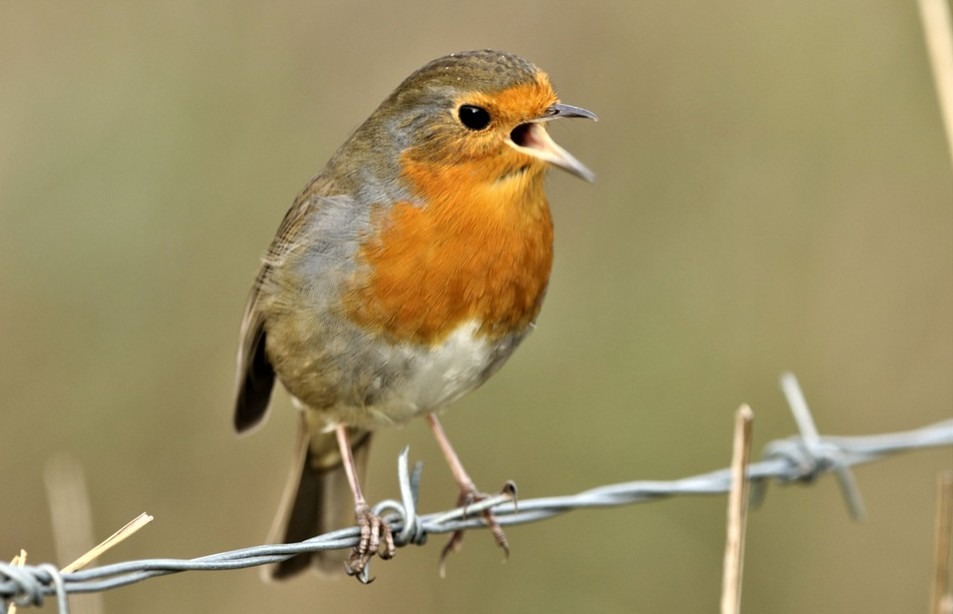Senior gardening activities can be done all year long! In any climate or season, there are fun things to do indoors that involve plants of all kinds and flowers. This page gives activities for outdoors, indoors, both including specialty ideas, and even related arts and crafts.
You may also get lots more inspiration for your senior gardening activities by visiting a few actual different types of gardens (including indoor kinds). Learn something unique, like how to attract butterflies, hummingbirds, even honeybees.
Indoor Senior Gardening Activities
Edible Windowsill Garden – Perfect senior gardening activities, even for those who weren’t into it! Grow them with a group, family or individually. Very popular gardens are those you can eat – there is a tangible goal! Edible window gardens usually consist of herbs. The easiest to grow are dill, basil, cilantro, lavender (which you can also use to make a lavender pillow), parsley, mint, thyme, oregano, and chives. Use a potting mix rather than soil, which can carry disease. A sunny windowsill is best.
Many types of pots and containers can be used, including simple plastic trays, but they should be at least 6 inches deep. Also get fertilizer specifically for edible plants! Use it about once per month. You don’t need to water herbs very often; just keep the soil barely moist so roots don’t get soggy. Cut and use them often.
As with other plants, they become fuller as they are clipped. You can also grow strawberries, tomatoes, and sunflowers on the windowsill. But I suggest you see your garden center for specific instructions. There are also windowsill herb and edible plant kits available, and these make easy elderly activities too.
Windowsill Flower Gardens – Special kits for these are available and they provide excellent senior gardening activities… of the mini variety. But you can also create a quick garden from flower cuttings as well. With a sharp knife, take cuttings from the garden of a friend or family member, or community garden. These should have about a 4-inch stem. Remove the bottom leaves of course, then place in a glass jar of water.
Canning jars are great, but so are smaller, decorative glass vases. Line them across the windowsill and watch them grow roots. Dump the water every week and replace with fresh water. These cuttings will last for many weeks.
If you still have them in the spring, plant them outdoors. If you want something practically indestructible, take cuttings from a philodendron plant. I had the same cuttings in water for, yes, two to four years! I then planted them, and 15 years later they’re still growing strong.
Cactus Window Gardens — My father moved here back to Minnesota after years in Arizona, so he likes cactus. You can get several kinds and line them across the windowsill in their pots. Or take them out of their pots and transplant them all into a long plastic container.
Use gravel and sand in the mix as well. Try these projects as a group. Seniors who enjoyed gardening in the past may like to have a way to garden again. Or it’s also a nice option for those interested in finding a hobby. Learning about and growing different types of cactus can itself develop into a hobby.
Grow an Amaryllis — An amaryllis bulb kit is very inexpensive, about $5.99, so ideal for senior activities with gardening. Although these kits are typically found in large discount stores like Target during the winter holidays, I’ve also found them in Walgreen’s during the summer. Amaryllis plants make fabulous senior gardening activities. Are you familiar with the amaryllis? They are tall and stately flowers with spectacular large blooms, several to a stalk.
Colors are typically brilliant red, pink, and white. And do they ever grow fast? The kit comes with a bulb in the soil, it soon sprouts, and then you can literally wake up every morning and see the difference. They can grow sometimes a half an inch a day. They’re fantastic for indoor senior gardening activities, and fantastic to watch, lasting about 6 weeks.
Dad gets a real kick out of growing an amaryllis. He likes to have me measure it each morning to see the difference. Follow the instructions to let it go dormant, then coax it to bloom again. In fact, if you handle the bulb correctly, it can last for years.
Aloe Vera Plants — Plant them or get them potted and keep them around. These are truly medicinal! I always have one, and often use them when raising my kids for wounds and burns. I also had it on hand for Dad. Just snip off the end of a leaf and dab the juice/gel onto your skin. It really works in reducing pain from burns, plus helped us not get terrible redness and painful blisters. And it’s harmless to ingest, even edible.
Grow a Bonsai – Bonsai make intriguing senior gardening activities. You can find kits for amateurs in many places (I even found them at a big box home improvement store). Nurseries have them too, and you may be able to get a staff member to come out and give a short presentation, then get the group started. They might charge a fee, or you may be able to get them to do it for free, as a service to seniors.
At the very least, you’ll be able to get instructions online. Taking a group to a gardening show, nursery, or bonsai association, to see their displays also makes a nice outing.
Growing a bonsai does take some attention, but those who had been gardeners in the past will enjoy it. There may even be someone in your group who has done it before. Giving a bonsai kit also makes a great gift.
Outdoor Senior Gardening Activities
There are all kinds of regular gardens to plant, of course, but here are a few specialty ideas to consider for senior gardening activities – butterfly gardens, hummingbird, and songbird gardens, as examples (see below). And part of the fun is in the planning!
Butterfly Gardens
Spring is the season to plan for a butterfly garden. There are plenty of resources, whether online or at the library, to give the details on what to do, and when.
Basically, butterflies need host plants for the egg and caterpillar stages. And then nectar plants after they evolve into butterflies.
Milkweed is a favorite, and attracts the Monarch, which in some areas is now becoming scarce. There are many others too, such as aster, verbena, sunflowers, phlox, day lilies, blanket flowers, black-eyed Susans. There is a system to all this, and it can be fascinating.
Butterfly gardens can include several aspects for senior gardening activities: the research, acquiring plants (if you don’t have them already), planting, observing the insects’ stages, and arts and crafts projects with butterfly themes. Members of your group may be interested in joining in or leading these different phases. And the outcome is delightful.
Hummingbird Gardens
Hummingbirds are wonderful for senior gardening activities too, and ideal for spring. You may know that hummingbirds like shades of red (although they come to the yellow day lilies in my garden as well). Red, purplish-red, and hot pink objects in the garden help attract them too.
And they like flowers with rich nectar. Some would include columbine, honeysuckles, bleeding hearts, impatiens, and petunias. You can also get special feeders for hummingbirds, including those with red colored liquids.
Hummingbirds like water that is moving, such as a waterfall or fountain in the garden near the bright flowers. Since they’re small, thin types of perches are perfect for them, whether slender wires or bushes with branches.
Again, all the details can be researched online or at the library. Or you may already have an expert in your group! Hummingbirds are also a wonderful theme for arts and crafts.
Attracting Songbird
This will depend on where you live and what plants, shrubs, trees, etc. are local to your area. There are many dozens of songbirds, and they are delightful to watch and listen to, providing a lovely addition to your senior gardening activities. Plus, opportunities to learn something new, and participate in gardening to attract them.
Songbirds produce more of a variety and range of sound than birds that just make repetitive calls. Some common songbirds include, certain sparrows, some wrens, starlings, goldfinch, warblers, nightingales. Birds need a place to nest, cool off, and to drink and get wet. So, a bird bath is very important. And things to eat, such as berries.
You can always consult a bird expert in your area. But generally, just provide a variety of sheltering trees including evergreens and hedges, food sources such as berry bushes and vines. Raking leaves under the shrubs will create mulch where worms and insects can live. Tall grasses produce seeds. Experts caution not to use harmful chemicals in gardens, as they do kill birds. So, Going Green is good for them! And it’s also an interesting topic to learn about with senior gardening activities.
Build a raised garden — Are you handy with wood? Or do you know someone who is? Perhaps they would volunteer some time to help build a raised garden, on legs, easy to access from chair level or standing. It can be placed either outdoors, or inside for year-around enjoyment. This is one of the truly special activities that combines word working skills with gardening and will bring months and years of satisfaction. And those who can’t help building may love to watch the progress.
Getting Gardening Started….
Get seed catalogs — And plan on what you can do and when with your senior gardening activities. This is more of an indoor project (like when it’s rainy or chilly out), related to outdoors. But it’s also fun to sit around a patio or picnic table with seed catalogs. Very fun to do with a group. Choose plants that bloom for a good part of the season, and that are easy to care for. Make a big calendar with your garden game plan – when to water, when to prune, when to pick or harvest.
Start Planting – There is nothing like planting a little something in some good, rich soil to cheer the spirit. Planting is one of the most satisfying parts of senior gardening activities. Instead of just looking at gardens, how about participating? A garden can be made just about anywhere, including on a small patio. Gardening boxes can also be elevated to table height to accommodate a wheelchair. Start seeds sprouting in containers of water, or small pots.
Check with your local nursery to see which are the best for sprouting this time of year, especially to begin indoors. They’re fun to watch grow! A nursery will help you decide what to begin with, and what supplies you will need. Your local garden club is also a great resource, and they love to help newcomers. There are many gardening books (even films) in libraries if you have never done this before. Begin simple.
Related Arts and Craft
Fall Crafts for Elderly – Maybe you would like to have the different types of indoor crafts made and for that, you should visit our page on Fall Crafts for Elderly. This will give you a fun way to either grow or display your hard work! And just about everyone has or can get an old or unique something-or-other to re-purpose for planting.





